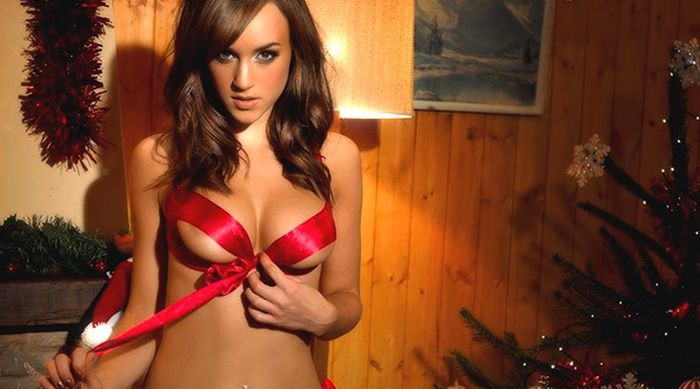|
|
Christmas Girls
|
The first specifically Christmas hymns that we know of appear in 4th century Rome. Latin hymns such as Veni redemptor gentium, written by Ambrose, Archbishop of Milan, were austere statements of the theological doctrine of the Incarnation in opposition to Arianism. Corde natus ex Parentis (Of the Father's love begotten) by the Spanish poet Prudentius (d. 413) is still sung in some churches today.
In the 9th and 10th centuries, the Christmas "Sequence" or "Prose" was introduced in North European monasteries, developing under Bernard of Clairvaux into a sequence of rhymed stanzas. In the 12th century the Parisian monk Adam of St. Victor began to derive music from popular songs, introducing something closer to the traditional Christmas carol.
By the 13th century, in France, Germany, and particularly, Italy, under the influence of Francis of Asissi, a strong tradition of popular Christmas songs in the native language developed. Christmas carols in English first appear in a 1426 work of John Awdlay, a Shropshire chaplain, who lists twenty-five "caroles of Cristemas", probably sung by groups of wassailers, who went from house to house. The songs we know specifically as carols were originally communal folk songs sung during celebrations such as "harvest tide" as well as Christmas. It was only later that carols began to be sung in church. Traditionally, carols have often been based on medieval chord patterns, and it is this that gives them their uniquely characteristic musical sound. Some carols like "Personent hodie", "Good King Wenceslas", and "The Holly and the Ivy" can be traced directly back to the Middle Ages. They are among the oldest musical compositions still regularly sung. Adeste Fidelis (O Come all ye faithful) appears in its current form in the mid-18th century, although the words may have originated in the 13th century.
Singing of carols initially suffered a decline in popularity after the Protestant Reformation in northern Europe, although some Reformers, like Martin Luther, wrote carols and encouraged their use in worship. Carols largely survived in rural communities until the revival of interest in popular songs in the 19th century. The 18th century English reformer Charles Wesley understood the importance of music to worship. In addition to setting many psalms to melodies, which were influential in the Great Awakening in the United States, he wrote texts for at least three Christmas carols. The best known was originally entitled "Hark! How All the Welkin Rings", later renamed "Hark! the Herald Angels Sing". Felix Mendelssohn wrote a melody adapted to fit Wesley's words. In Austria in 1818 Mohr and Gruber made a major addition to the genre when they composed "Silent Night" for the St. Nicholas Church, Oberndorf. William B. Sandys' Christmas Carols Ancient and Modern (1833) contained the first appearance in print of many now-classic English carols, and contributed to the mid-Victorian revival of the festival.
|
|









